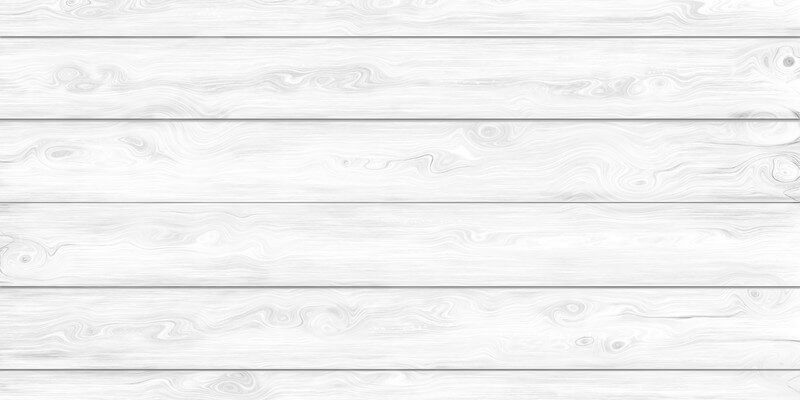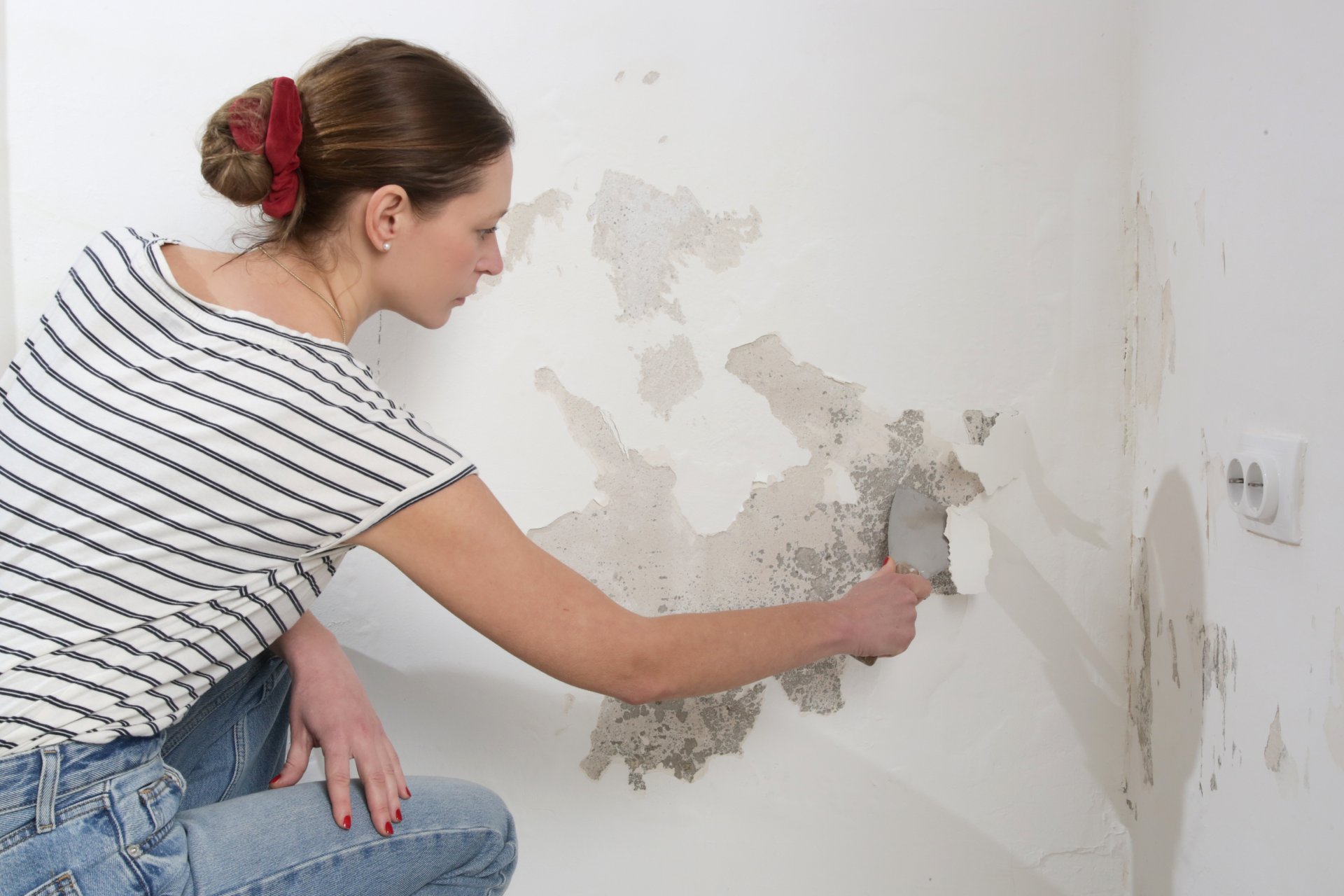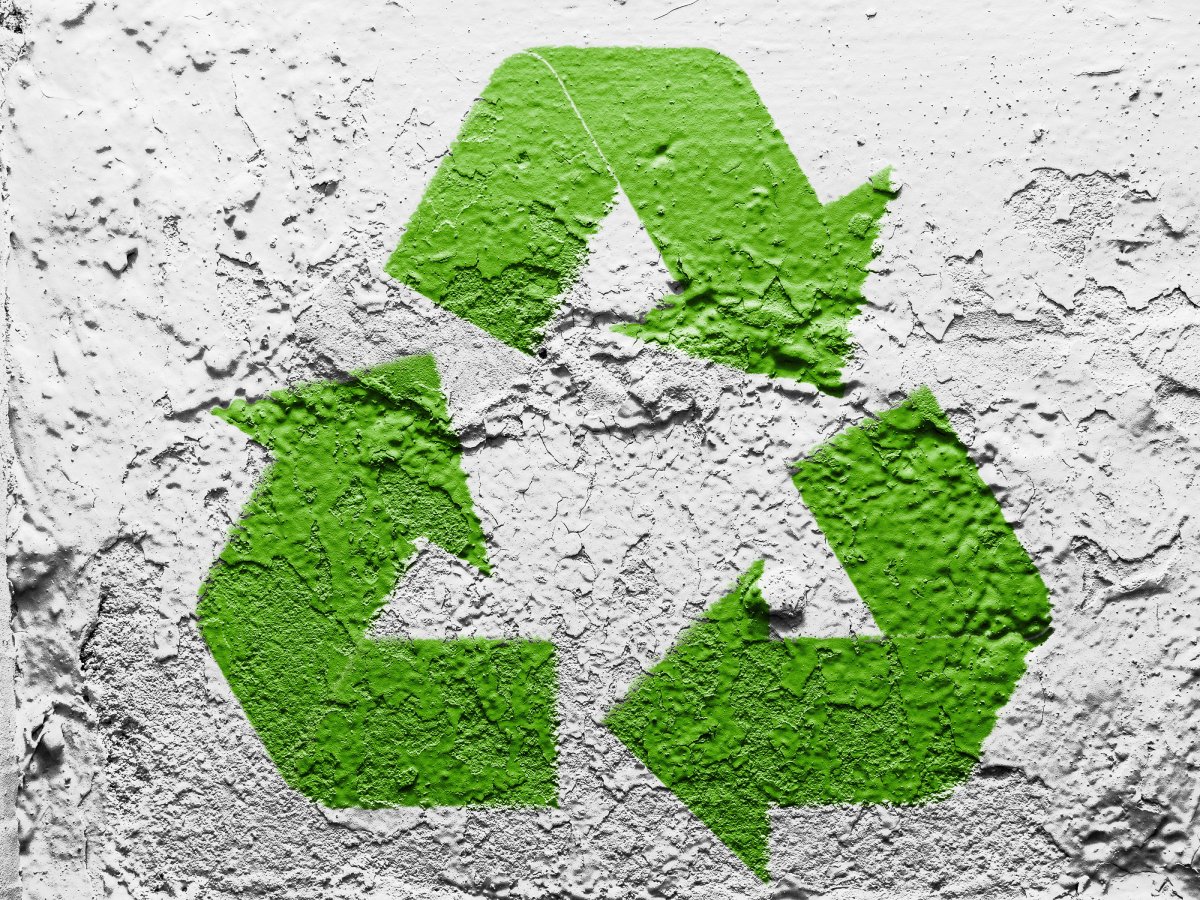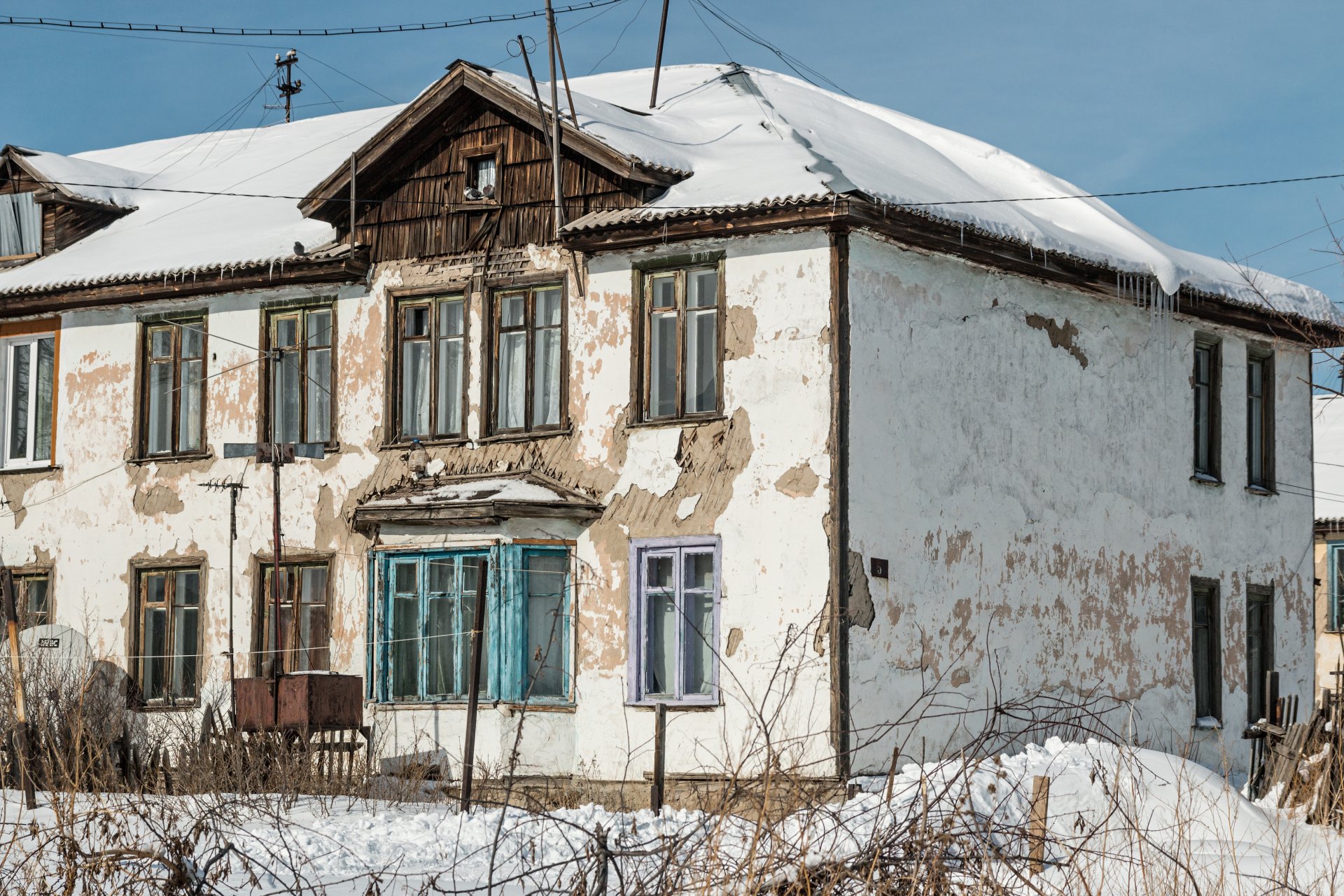Everything you need to know about white wood stain, whitewashing and relevant techniques and materials.
If you don’t know how to stain wood color white, then the best option would be to use white wood.
Contrary to a regular painting, whitewashing improves the brightness of the wood surfaces while giving their natural grain the chance to show through.
The light color and the nice rough look of whitewashing rooms look more comfortable to live, and friendlier, making it common in the interior schemes of the farmhouse, relaxed beach, and charming cottage of nowadays.
Even though its results are extraordinary, whitewashing is only a bit different from run-off-the-mill painting.
After current research carried out on white stains on the market, the study discovered three stains that are set to enter and sold at home improvements stores and online, with no additional tinting involved.
What is Whitewashing?
Whitewashing is a method that enables you to improve the brightness of your wood without covering the grain pattern. Techniques for staining woods white are different based on the type of wood you are working on.
Whitewashing is perfectly suited for pine. Below is some piece of information about whitewashing at a glance:
- Application of white stain brightens up a wood surface without concealing the grain pattern.
- Applying white painting on wood furniture is a way to increase a room’s brightness, but the downside is that paint is opaque, so it blocks and hides the natural grain of the wood.
Nowadays, there are many white stains available for sale that eradicates the guesswork from staining wood white. White stains are largely available in oil-based or water-based forms.
- Water-based stains quickly dry and disperse fewer fumes or odors. Cleanup is easily done when using water-based stains. You only need soap and water so far the paint is still wet.
- Oil-based stains ensure a longer working duration since their drying time is slower but, since they often produce hazardous fumes, you should only use them in open areas.
- Anytime you are applying any type of stain, the best action is to test the stain on a sample wood of the same type as the original one you will be working on.
- Even though stains can normally be applied with the use of a brush or rag, but you can also apply white stains using a brush.
- Whitewash stain is perfectly suited to pine. Paste the white stain using a brush. After three minutes of setting the stain up, use a rag to work the stain into the wood and wipe off any excess stain gently with the grain.
Be sure to work the white stain into any visible knot that may be on the wood to accentuate it. After application, the white stain enables the grain to reveal, but it lowers the tone of the pine’s yellow appearance.
Color Options for White Wood Stain
In general, one will think all these white stains look the same, and that pine wood doesn’t absorb white stain as much as white oak trees. The white stain found on the raw pine wood is highly subtle.
In a real application, two coats of stain were applied for all the samples mentioned here, but if you desire a more whitewash look, apply more coats. In addition, a pre-stain wood conditioner was also applied to the wood samples before applying stains. Let’s take a look at the result:
- Simply white by Minwax: This stain type darkened the brightness of the white oak wood and added a little look of the white streak. If you think this strain doesn’t enhance the wood grain as much as others and it doesn’t appear natural as you’d wanted, check the result. The stain on the pinewood was the lightest whitewash appearance. If you desire a very subtle white stain or wash, this option would be nice.
- Varathane’s Whitewash: Of all the white wood stain samples that was tried, this particular product on white oak came out as expected. It settled perfectly into the wood grain the best and its appearance is the most natural whitewash look of the entire samples. It looks great on the pine also, increasing the whiteness look of the wood as well as a tone-reduced pine.
- Varathane’s Antique white: This stain increases the pink tone on white oak. But, it nicely settles in the wood grain. As for the pine, this stain seems to be the strongest whitewash look, giving the largest coverage in just two coats, unlike the other two stains. Even though it is rarely different from White Wash by Varathane.
- Minwax’s Whitewash pickling stain: Although this post is referred to as three-stain options, it was discovered as a 4th perfect white stain whitewashing picking by Minwax, after trying the first three cans. However, due to the similarity in the looks of these stains, there was no need to not try out this 4th But, it is added here so you are aware of it in case you desire a 4th option.
Now, let’s look at the difference between whitewash wood stain and whitewash paint.
White Stain vs. White Paint
- Whitewashing on another stain or paint finish: I would prefer the whitewash paint method if I want to whitewash on a paint. The use of a stain over paint or any surface that has a sealant will not work well since it can’t enter into the wood.
To whitewash on stained wood (without sealant), you can make use of white stain or white paint. Any method you choose, outcomes will be different based on the base stain color, so you should test it out first.
- Making a thicker whitewash and increased opaque finish: A benefit of white paint mixed with water is that you can mix less water with more parts of paint to get thicker whitewash if you decide to increase the opacity of the whitewash.
- Enhancing the wood’s grain: When working on a more expensive piece of wood, such as white oak, you can make use of a white stain to improve the wood’s grain. Whitewash paint doesn’t offer wood grain enhancement as much as a stain.
- Ease of use: One other reason to apply white stains and not white paint is due to the ease of use. These prepared stains don’t involve any advanced mixing or tinting at the paint counter. Also, if you have white pain already and no white stain, you can easily do the paint and water.
How to Whitewash Wood
If you need a way to improve the brightness of a room or revive an old furniture piece, a whitewashed finish may be the perfect thing.
Materials and Tools Needed
- Power sander
- Broom
- Vacuum
- Microfiber cloth
- White paint
- Turpentine (or paint thinner)
- Paintbrush (or paint roller)
- 5gallon plastic bucket
- Polyurethane sealer
- Sandpaper
Get the best finish with these simple steps
1. Get rid of the Existing Finish from the Wood
Whitewashing is mostly effective on raw wood. That is why you need to remove any existing finish whether paint, stain, or varnish. This is achievable by sanding the surface you plan to whitewash thoroughly. Sanding by hand is possible but for quicker results consider using a power sander.
You can rent one from the nearest home improvement store if you don’t already own one.
However, before you proceed, it is vital to get rid of sawdust and debris made during sanding. Vacuum or sweep the area, if required, else wipe the surface clean using a damp cloth.
2. Mix White Paint with Water (Water-Based) or Turpentine (Oil-Based)
Now prepare the whitewash. Be sure there is no tough recipe to follow; rather, preparing whitewash is so simple with just diluting normal white paint. Mix water-based white paint with water and oil-based white paint with paint thinner or turpentine. The actual ratio of paint to thinner is based on the desired look you want.
- A combination of two parts paint to one part thinner is ideal for thicker coverage.
- Turn the ratio the other way if you’d like a thinner look.
Before whitewashing the whole surface, first test the mixture in a hidden area. Make sure you like the look before you continue. Since you can easily add coverage but difficult to remove.
3. Use a Paintbrush to Apply the Whitewash
Dip your painter or roller into the stain and apply the white color on the wood in long strokes towards the direction of the wood grain. The finish quickly dries off, so it is important to finish one small section at a time.
If you like the wood grain to show through more than it already does, wipe away excess whitewash from the grain using a cloth before it dries completely. This action should provide you a beautiful, washed-out look.
4. Leave to Dry between Coats and then Sand before Applying Extra Coats
Once the first coat dries completely, then find out whether you need a second or third coat. Once the whitewash is dry (leave for some hours), you can reduce the coverage of any area that you find thicker than necessary as it pleases you using fine-grit sandpaper.
5. Use Clear Polyurethane to Seal the Whitewashing
Coat the project with a clear polyurethane sealer to complete the project. Apply it using a brush as equally as possible on the surface. Immediately it is sealed, your whitewashing should appear fresh for some years to come.
Conclusion
We love the look of whitewash and think that it is a nice option if you are building DIY projects or furniture for your home. try to combine this with like colors and tones in your home.




